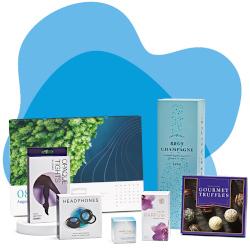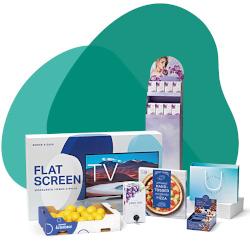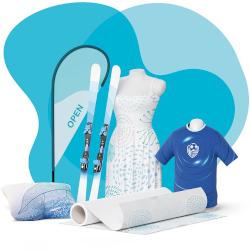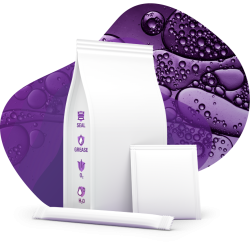
How and why brands move us
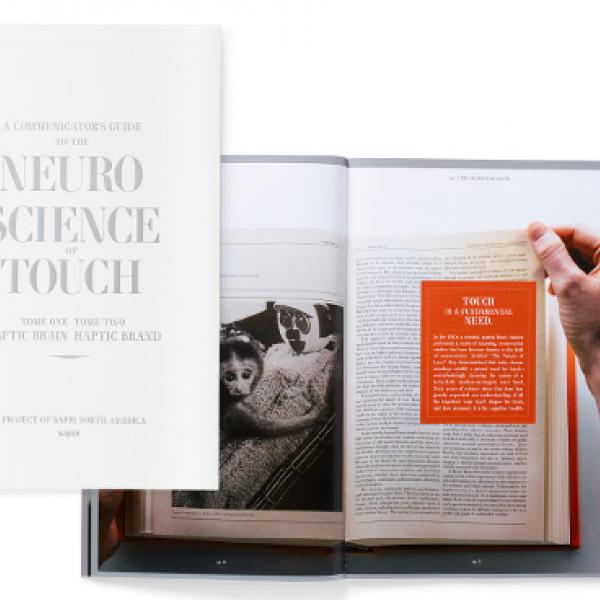
Sappi North America has published a book examining how the sense of touch impacts the way brands are perceived.
Of all the five human senses, the one that is perhaps the most fascinating is the sense of touch, the sense which comes into contact with objects the most directly. Sappi North America has devoted an entire book to the study of the sense of touch and its role in the brand experience. 'A Communicator's Guide to the Neuro Science of Touch' provides a deep exploration of the basic neuroscience behind the sense of touch, while remaining entertaining on every page. The book was beautifully produced, to the highest standards, with its authors explaining why touch is an indispensable element of the human experience, how the sense of touch influences emotions and decisions and how brand experiences can be shaped through the sense of touch.
Sappi gets bestselling authors on board
Sappi successfully attracted a highly esteemed author partnership for the publication. Lana Rigsby is the founder and creative director of renowned design agency Rigsby Hull, based in Houston, Texas. Rigsby Hull has developed unique brand experiences for clients including Dell, Exxon, Mercedes Benz and Sappi since 1991. By her side was neuroscientist David Eagleman, from Baylor College of Medicine at the Texas Medical Center in Houston. Eagleman is not only one of the leading neuroscientists in the United States, but also a well-known author of bestsellers in the popular science field. His non-fiction work 'Incognito: The Secret Lives of the Brain', for instance, could be found on bestseller lists in many countries across Europe.
Positioning brand messages in the brain
'A Communicator's Guide to the Neuro Science of Touch' is split into two parts. The first part is primarily a discussion of the complex interaction between the sense of touch and the human brain, while the second sheds light on the question of how paper and paperboard packaging can be designed to convey to the brain, product and brand messages that are as targeted as possible, using the human sense of touch.
The author team makes an especially impressive illustration of why the fingers in particular, represent a crucial human interface with the outside world. The skin possesses a multitude of sensory cells that pass stimulation through the spinal cord to the brain – and nowhere else on the body, save for the lips, is there such a great density of these sensors than on our fingers. Our fingertips can sense even the tiniest of bumps of just 0.006 millimetres. Using the fingertips, the brain determines whether an object is hot or cold, whether a surface is soft or rough and – perhaps most importantly – it perceives whether touching an object is pleasant or unpleasant, based on that object's characteristics.
Touch influences the mind's expectations
Packaging has a considerable significance in this context, because the haptic qualities of its material helps determine what the brain expects of the packaging's contents. The authors provide a very simple example of this: studies show that wine served in a wine glass is perceived as being of higher quality than the same wine when offered in a plastic cup – irrespective of the wine's actual quality. There is a very similar effect with packaging made of high-grade paper or paperboard. Such packaging can heighten the mind's curiosity, anticipation and expectations of the product contained within and can validate them when being unpacked. 'A Communicator's Guide to the Neuro Science of Touch' also demonstrates three tangible examples that prove how high-grade paperboard can please the sense of touch and, by extension, the brain – with unique prints and collapsible boxes from BMW, Apple and the World Wildlife Fund.
Sappi offers its clients in Europe its Algo Design premium solid bleached board (GZ/SBB) and new Atelier folding box board (GC1/FBB), providing a wide range of solutions to present high-quality products in a way that creates a fantastic sensory experience for the human brain. Each products ultra-white surface makes an outstanding impression with ultimate consistency. In addition, the unique board surfaces enable finishes that can be used to make a lasting sensory impression, when combined with the appropriate target market, enhancing the consumers enjoyment during purchasing and unpacking process.
Download your copy as a PDF – free of charge.


